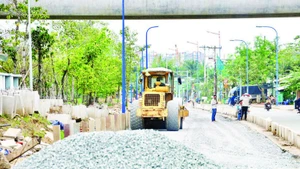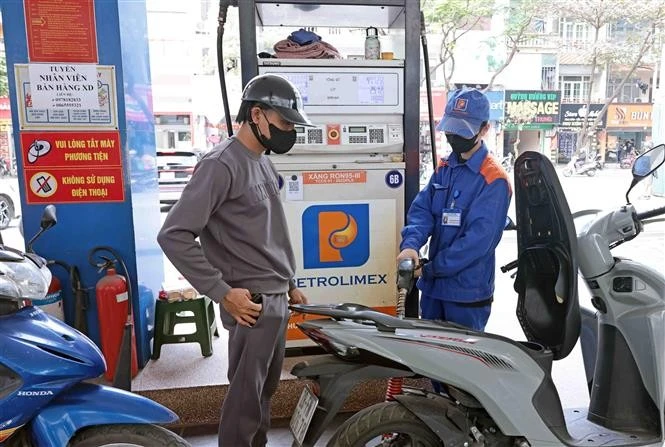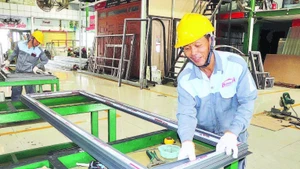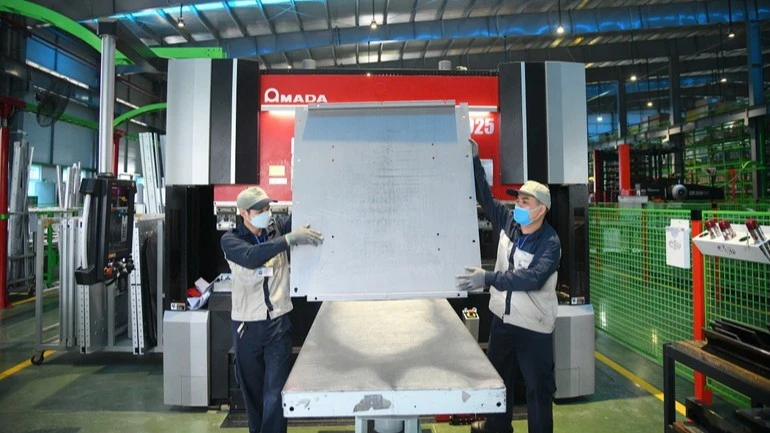In the meantime, there is a demand for about 350,000-400,000 highly skilled workers. As the economic situation is projected to continue improving, the labour market is expected to recover and the demand for workers will rise again.
According to the Ho Chi Minh City Human Resources Forecast and Labour Market Information Centre, nearly 70% of the demand for new workers in 2023 will come from the services sector, while the remaining 30% will come from industry and construction.
Regarding educational levels, the demand for workers with college and university degrees accounts for nearly 38%.
In 2023, enterprises will look for flexible candidates who can take on any new job, said employment experts, adding that employers will offer new benefits to their workers.
According to Minister of Labour, Invalids and Social Affairs Dao Ngoc Dung, Vietnam’s labour market is relatively stable now in terms of both size and quality and the shortage only affects some sectors.
















